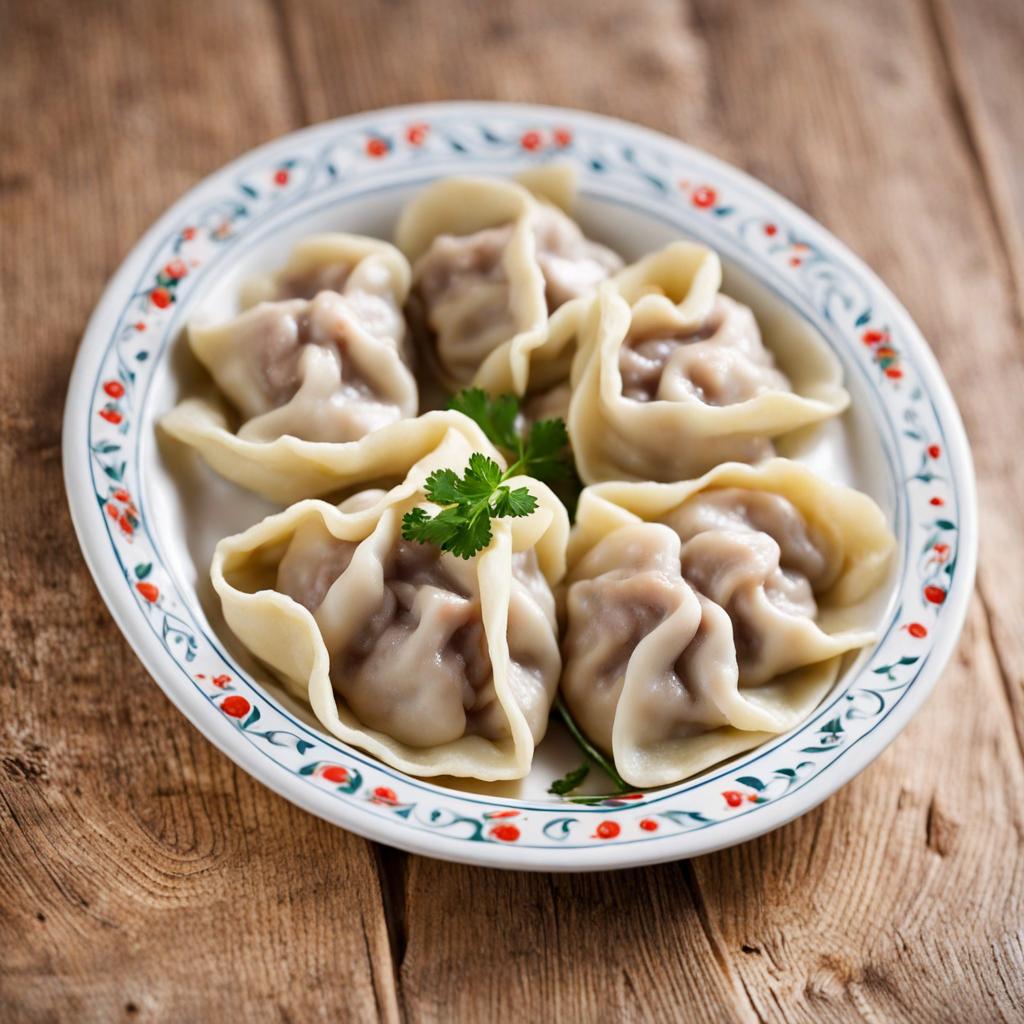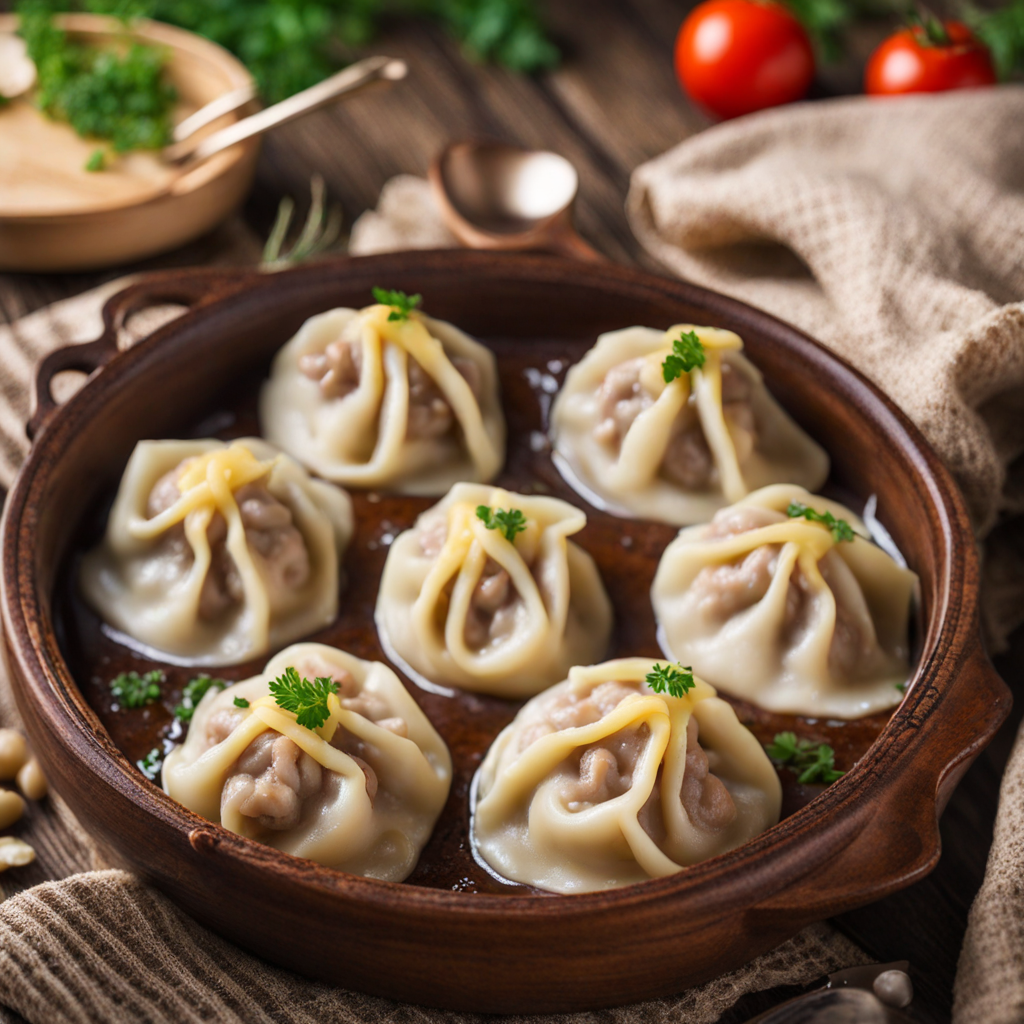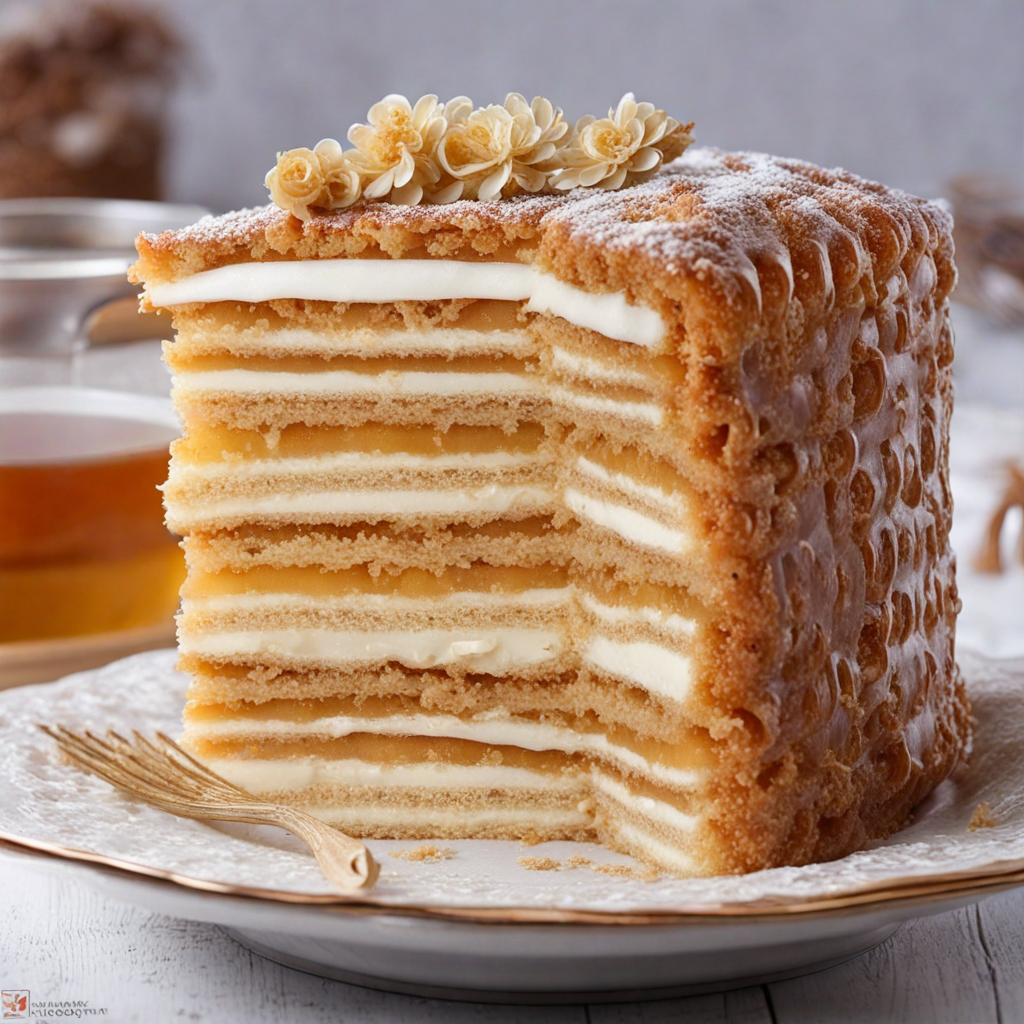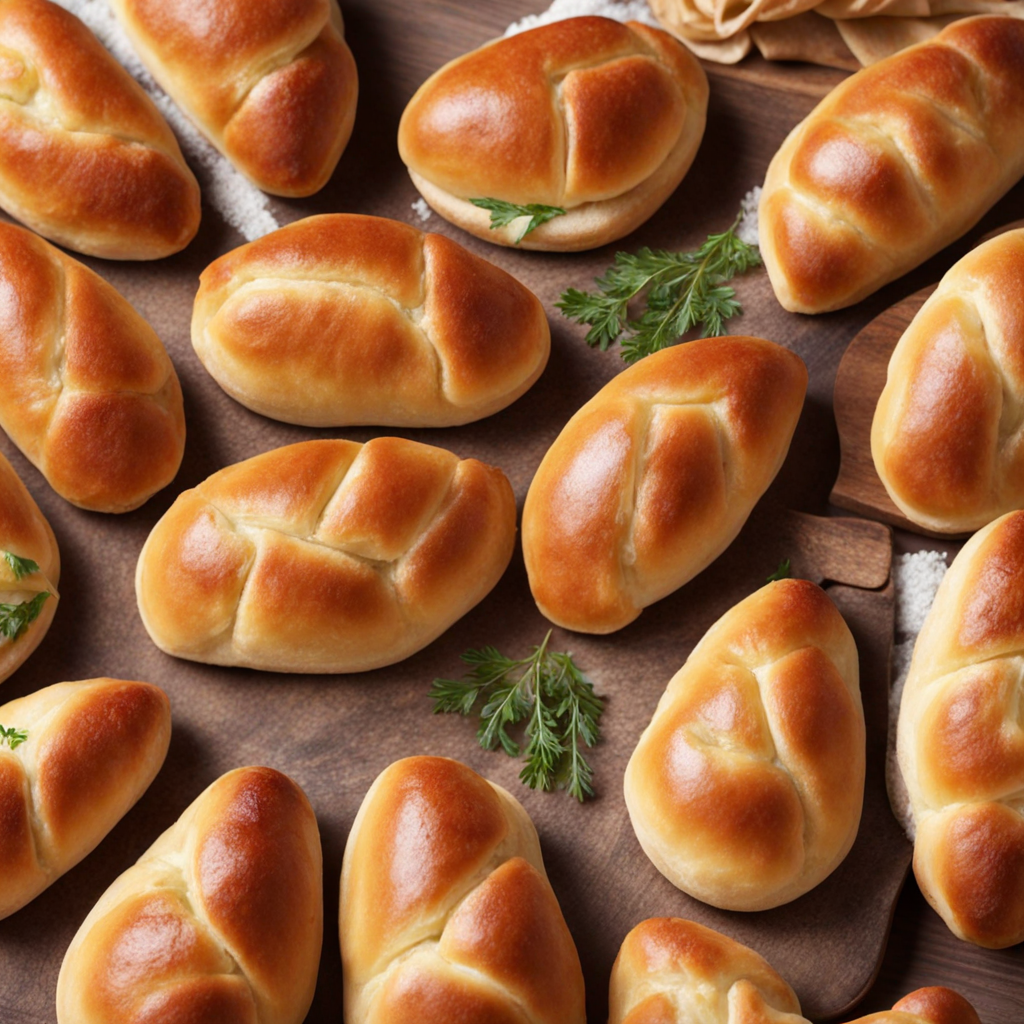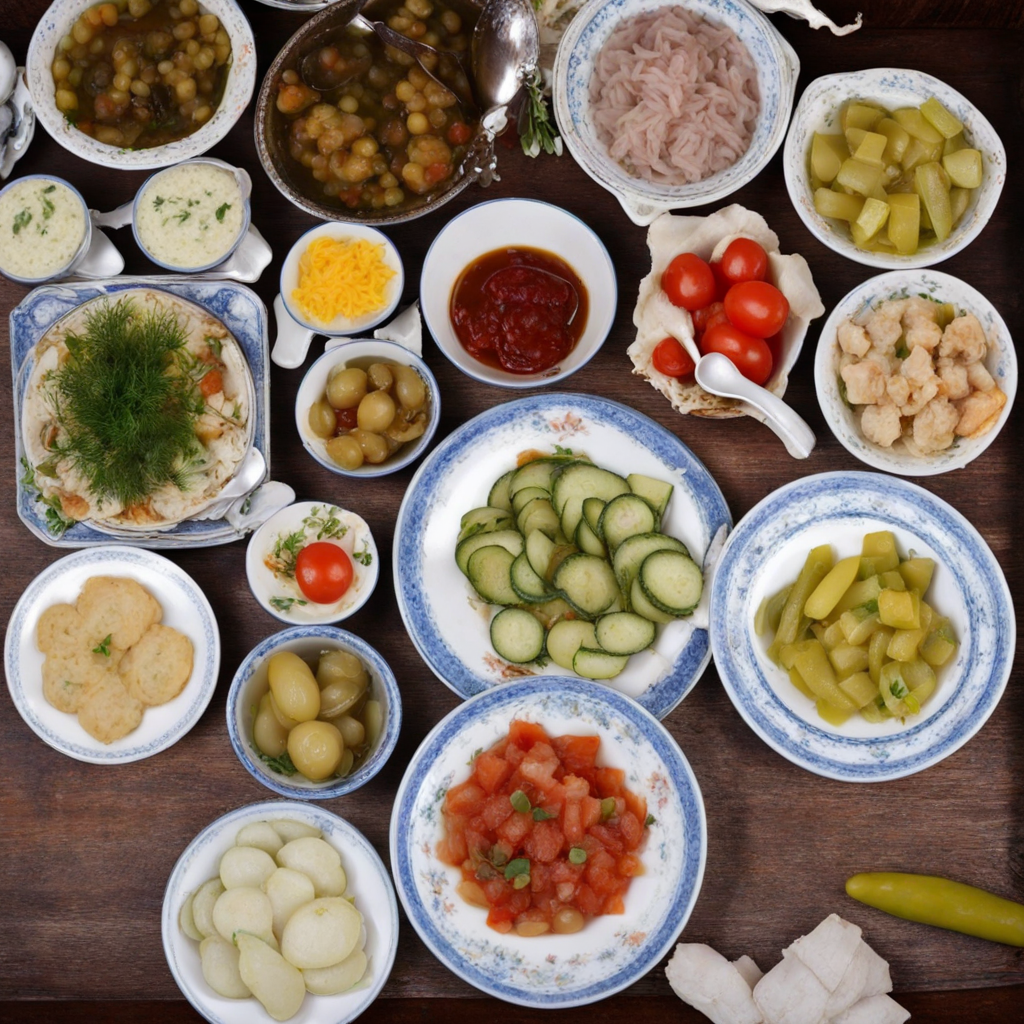Pelmeni
Pelmeni are delightful dumplings hailing from Russia, characterized by their thin, tender wheat dough that encases a savory filling. Traditionally, these morsels are filled with minced meat, which can range from beef and pork to lamb or even chicken, often mixed with onions and spices to enhance the flavor. The balance of the dough and the filling creates a satisfying bite, with the slight chewiness of the exterior giving way to a juicy, flavorful interior. These dumplings are typically boiled and can be served in various ways, showcasing their versatility. Commonly, pelmeni are accompanied by a dollop of sour cream or a splash of vinegar, which adds a tangy contrast to the rich filling. Some people enjoy them with melted butter, while others might sprinkle fresh herbs or even a dash of hot sauce for an extra kick. The simplicity of pelmeni allows the quality of the ingredients to shine, making them a comforting dish that can be enjoyed year-round. Pelmeni also hold a special place in Russian culture, often associated with family gatherings and communal meals. The process of making pelmeni can be a social event, with family members coming together to prepare large batches, which are then frozen for later use. This makes pelmeni not just a meal, but a cherished tradition, passed down through generations. With their delightful taste and cultural significance, pelmeni offer a unique opportunity to explore Russian cuisine in an approachable and satisfying way.
How It Became This Dish
The Rich History of Pelmeni: A Culinary Journey through Russia #### Origins: A Taste of Tradition Pelmeni, a beloved staple of Russian cuisine, are dumplings filled with a mixture of minced meat and spices, wrapped in a thin layer of dough. The name "pelmeni" derives from the Komi-Permyak language, where "pel" means "ear" and "men" means "bread," which translates to "ear bread." This etymology hints at the dumpling's shape and its deep roots in the culinary traditions of the Ural region and Siberia. The origins of pelmeni can be traced back to the Ural Mountains, where they were likely influenced by various cultures, including indigenous Siberian peoples and the nomadic tribes that roamed the region. These tribes often relied on portable and easy-to-store food sources, leading to the creation of pelmeni as a practical solution for sustenance during long journeys. Their durability made them an ideal food for traveling hunters and explorers, who could carry them easily and cook them quickly over an open fire. The earliest known references to pelmeni date back to the 14th century, although it is believed that they existed long before that. They were traditionally made with game meat such as venison or elk, reflecting the hunting practices of the region. As the recipe spread across Russia and beyond, variations began to emerge, with different regions incorporating local ingredients and flavors. #### Cultural Significance: A Symbol of Home and Hospitality Pelmeni are more than just a dish; they are a symbol of Russian hospitality and family traditions. In Russian culture, food plays a vital role in social gatherings and celebrations. Pelmeni are often served during festive occasions, from family dinners to holiday feasts. The act of making pelmeni can be a communal activity, with family members gathering to prepare the dumplings together, sharing stories and laughter as they work. The preparation of pelmeni is an art form in itself. Traditionally, the dough is made from flour, water, and eggs, resulting in a supple texture that complements the filling. The filling typically consists of a mix of meats—commonly beef, pork, lamb, or chicken—seasoned with onions, garlic, and various spices. The dumplings are then boiled, and they can be served with sour cream and fresh herbs, adding a creamy richness that enhances the overall flavor. In many Russian households, pelmeni are considered a comfort food, evoking memories of childhood and familial love. Each family may have its own unique recipe, often passed down through generations, which adds to the dish's personal significance and cultural identity. The process of making pelmeni also allows families to connect with their heritage, as they recreate traditional recipes and share stories of their ancestors. #### Development Over Time: From Rustic Roots to Gourmet Delights As Russia underwent significant social and political changes, so too did the culinary landscape, affecting dishes like pelmeni. During the Soviet era, pelmeni became a common meal among working-class families, often found in canteens and cafeterias. The recipe adapted to include more affordable ingredients, making it accessible to the masses. It was during this time that the frozen pelmeni market began to emerge, allowing people to enjoy this beloved dish with greater convenience. In the post-Soviet era, the culinary scene in Russia experienced a renaissance. Chefs began to experiment with traditional recipes, incorporating modern techniques and flavors into classic dishes. Pelmeni were no exception. Gourmet versions started to appear in upscale restaurants, featuring innovative fillings like seafood, truffles, or even vegetarian alternatives that reflect contemporary dietary preferences. The global diaspora of Russian culture also played a significant role in the evolution of pelmeni. As Russians migrated to various parts of the world, they carried their culinary traditions with them, leading to the introduction of pelmeni in international cuisine. In countries like the United States and Canada, Russian markets and restaurants began to pop up, showcasing this delicious dish to a broader audience. Pelmeni festivals and competitions have also emerged, celebrating the dish and fostering a sense of community among Russian expatriates. #### Modern Day: A Culinary Icon Today, pelmeni remain a quintessential part of Russian identity and cuisine. They are often featured in family gatherings, holiday celebrations, and casual dinners alike. The dish has transcended its rustic origins to take on new meanings in contemporary culture, serving as a canvas for culinary creativity while still honoring its traditional roots. In addition to the classic meat-filled pelmeni, variations continue to flourish. Chefs and home cooks alike experiment with fillings that range from mushrooms and potatoes to cheeses and even fruits for dessert versions. The dough itself has also seen innovation, with gluten-free and alternative flour options becoming popular among those with dietary restrictions. Pelmeni have also gained recognition in the realm of international cuisine, with food bloggers and culinary enthusiasts sharing their recipes and experiences online. This global interest has further solidified pelmeni's place as a culinary icon, celebrated not only in Russia but also around the world. #### Conclusion: A Timeless Tradition Pelmeni encapsulate the rich history, cultural significance, and evolving nature of Russian cuisine. From their humble beginnings as a practical food for hunters to a cherished family dish and a modern culinary delight, pelmeni have stood the test of time. They are more than just dumplings; they represent a connection to heritage, a celebration of community, and a testament to the adaptability of traditional foods in an ever-changing world. As they continue to evolve and thrive, pelmeni remain a delicious reminder of the past and a beloved part of Russia's culinary future.
You may like
Discover local flavors from Russia


